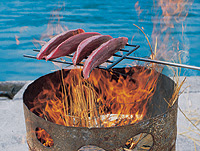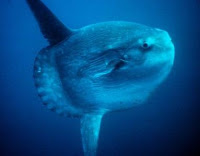Here are some tips for those of you who like to save a few bucks at the supermarket. Did you know about these?
“Time service”
After a certain hour, in order to sell all foods that spoil, supermarkets will mark down prices and put stickers on the food packets. 50-100yen discounts are common, and sometimes half price if you wait long enough!
Each supermarket is different but they generally mark down the prices of meats, fish and pre-made dishes after the evening rush and before the shop closes, and for daily products like milk, bread and tofu, just after the shop opens.
Farmer’s produce section
More and more supermarkets are beginning to have a section for vegetables and other food stuffs that have been supplied directly from local farmers. Usually they are much cheaper and fresher than the imported foods from other prefectures. Go early for this!
Taste-testing
Usually supermarkets wait until around meal times when people are most hungry to dish out titbits that are made for customer’s tasting and therefore purchase. Don’t feel like you need to buy the stuff!
 |
| SUNNYMART's point card |
Point cards
If your supermarket has a point card system, use it! Signing up for a card is usually free, and each time you shop you get points that go towards some reward system. Some cards can be used at other affiliated shops too.

















































